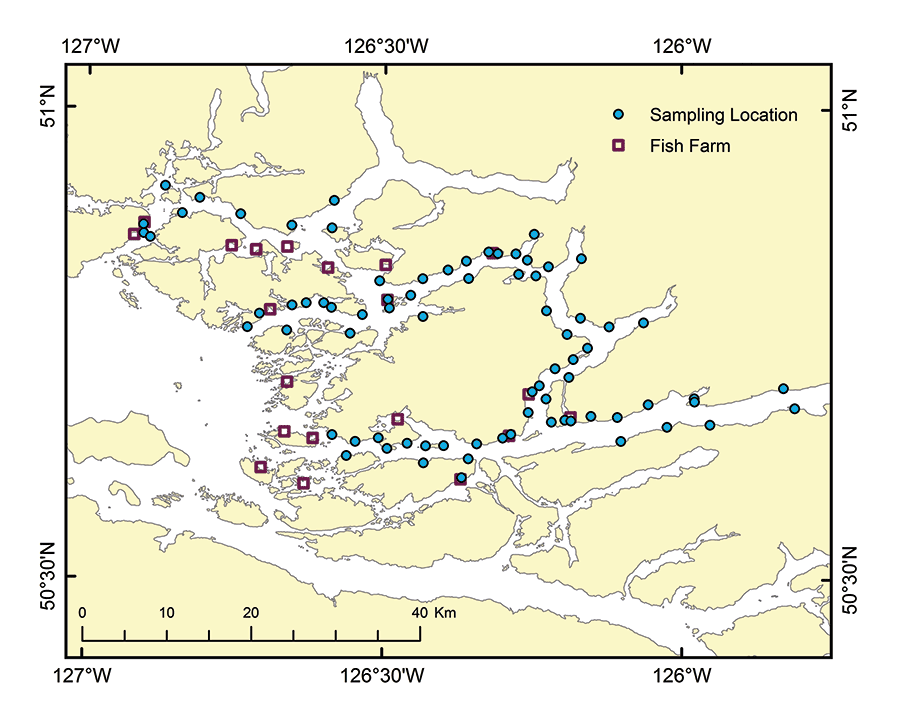Whole in the Water
Well-Known Member
Sure, here are some definitions and why it is important.Could you please define the process" peer reviewed"?
Merriam Webster Dictionary:
Definition of peer review
:a process by which something proposed (as for research or publication) is evaluated by a group of experts in the appropriate field
—
peer-review
play \ˈpir-ri-ˈvyü\transitive verb
Wikipedia: Peer review is the evaluation of work by one or more people of similar competence to the producers of the work (peers). It constitutes a form of self-regulation by qualified members of a profession within the relevant field. Peer review methods are employed to maintain standards of quality, improve performance, and provide credibility. In academia, scholarly peer review is often used to determine an academic paper's suitability for publication. Peer review can be categorized by the type of activity and by the field or profession in which the activity occurs, e.g., medical peer review.
Why peer reviewed research is important to the scientific method:
Purpose
The process is designed to prevent dissemination of irrelevant findings, unwarranted claims, unacceptable interpretations, and personal views. It relies on colleagues that review one another’s work and make an informed decision about whether it is legitimate, and adds to the large dialogue or findings in the field. The process is considered essential, but has also been criticized as slow, ineffective and misunderstood.
http://teachingcommons.cdl.edu/cdip/facultyresearch/Definitionandpurposeofpeerreview.html
Peer review means that a board of scholarly reviewers in the subject area of the journal, review materials they publish for quality of research and adherence to editorial standards of the journal, before articles are accepted for publication. If you use materials from peer-reviewed publications they have been vetted by scholars in your field for quality and importance. https://library.sdsu.edu/reference/news/what-does-peer-review-mean
Reviewers play a central role in scholarly publishing. Peer review helps validate research, establish a method by which it can be evaluated, and increase networking possibilities within research communities. Despite criticisms, peer review is still the only widely accepted method for research validation. https://www.elsevier.com/reviewers/what-is-peer-review
Here is a flowchart of what it can look like:
The peer review process




